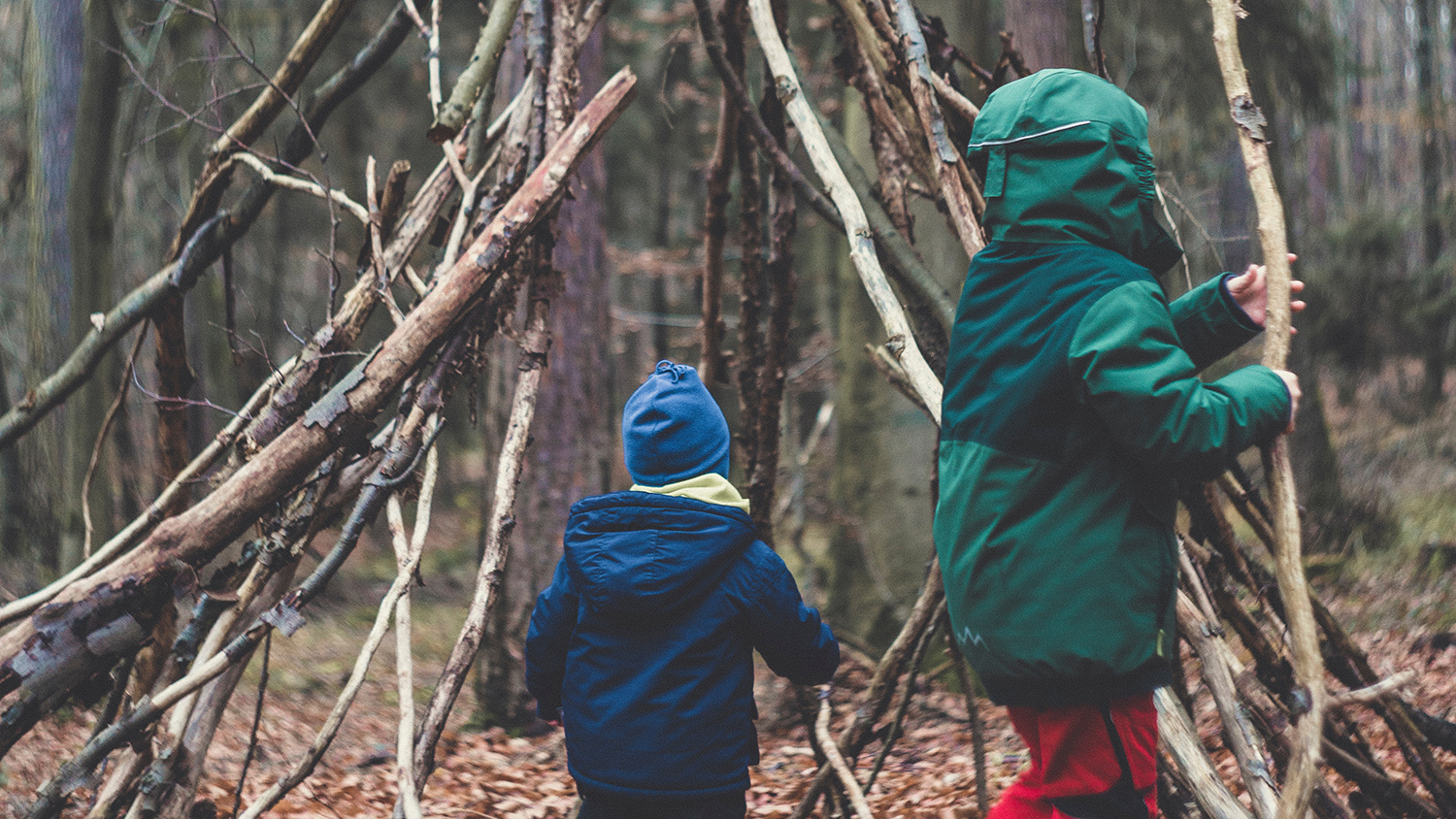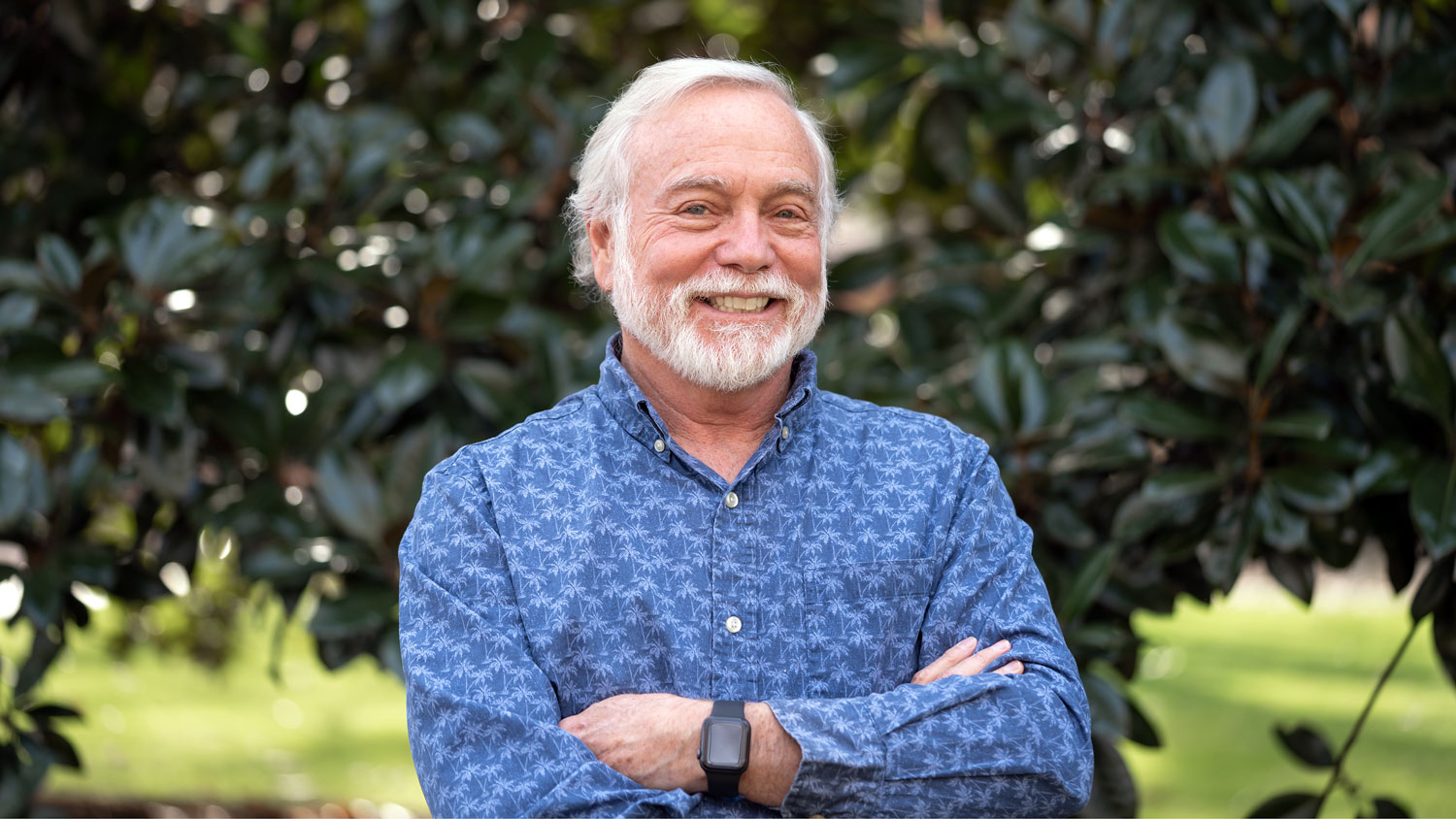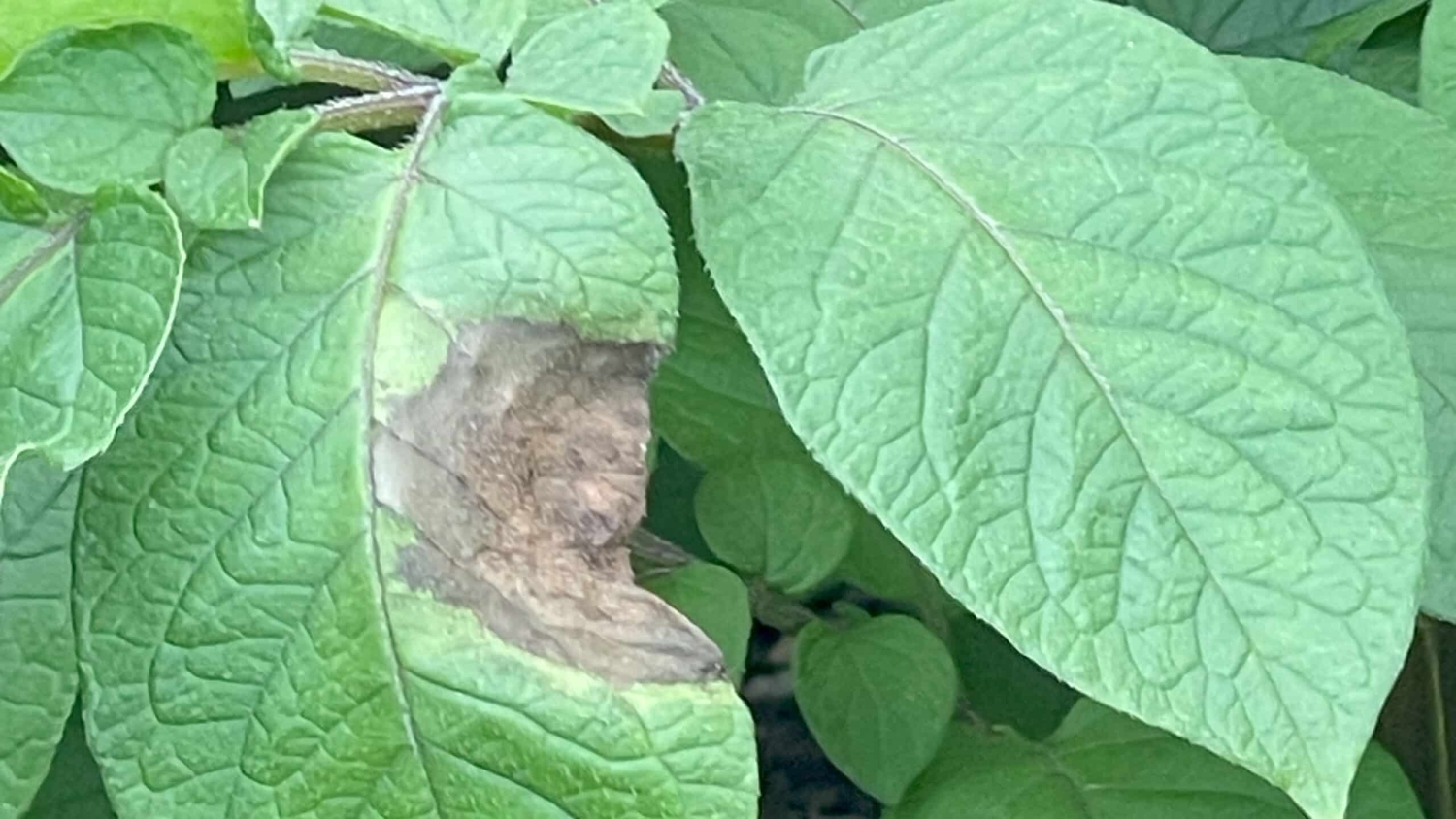Outdoor Play: At Your Doorstep

The answers to some of the most vexing social, educational and health challenges that today’s children face lie right at our doorsteps. That’s the message NC State University extension specialists share in a recently updated web publication emphasizing the importance of outdoor play and learning.
The publication, “At Your Door Step: A Family Factsheet on Outdoor Play and Learning,” is chockfull of strategies that parents can consider to encourage their children to engage in safe, fun and educational activities in the outdoors.
Whether it’s making mud pies, going camping or building make-believe forts, outdoor activities have been shown to help children improve their health and physical fitness while helping them learn. Time in nature can also be calming and attention-restoring, the authors note.
Still, children and their parents spend more than 90% of their time indoors. The publication cites several reasons: With more mothers working in recent decades, children are at home less and have less opportunity for time outside. In addition, parents say they believe it can be unsafe. The rise of TV, text messaging, video games, the internet and other technology has also played a role.
The NC State Extension publication’s authors — Karen DeBord, a professor emeritus with the Department of Agricultural and Human Sciences; Lucy Bradley, associate head of the Department of Horticultural Science; and Liz Driscoll, a 4-H youth development specialist with the departments of Entomology and Plant Pathology, Crop and Soil Sciences, and Horticultural Science — encourage parents to make outdoor time part of family routines, and they say it’s important to start young.
“Yes, it requires some effort,” they write, “but knowing ways to engage with your child outside will benefit you, your child, your relationship with your child, and the environment. It’s a win-win for all.”
Recently, Bradley and Driscoll sat down to answer a few questions about outdoor play, its importance and related trends.
What differences can outdoor play make in a child’s life?
Bradley: It’s important for physical health, and it’s important for intellectual health. Being outside and learning to be curious about the world, discovering things, organizing things, and having a much richer environment than you can have in a room – it’s also important for your mental health. There’s lots of research that shows that being outside in nature reduces stress and reduces misbehaving by children.
Driscoll: When we think of physical health it’s not only that building of muscle. We targeted this toward early childhood. For little ones, it’s both those gross motor skills, like hopping from rock to rock or stump to stump, but it’s also the little fine motor skills where they’re picking up acorns, making little houses, and playing with loose parts. For younger children, a lot of good physical growth and development happens because of outdoor play.
Bradley: It’s great for relationships, too. When you’re out there exploring together, when you create a challenge or when you’re able to ask questions that make children think, it’s a wonderful way to build your relationship.
Driscoll: That’s a great point. It’s a perfect chance for families to reconnect.
Have there been any changes over the past decade in our understanding of outdoor play and its role in childhood development?
Driscoll: We’ve seen a shift in the way that organizations or nature centers or gardens have gone when it comes to engaging youth. There’s been a push to have more opportunities not only to have interactive elements that may have already been created but also to have free and open imaginative play. A greater value has been placed on that.
Maybe not during the pandemic, but there are generally more opportunities for families to go to places that have natural play space for kids. There wasn’t as much of that 10 years ago.
Parks departments are also offering more activities that encourage children and parents to spend time together in nature.
Bradley: At the same time, fewer and fewer parents grew up spending time in natural places themselves, so it is harder for them to connect their own children with nature since they do not have a relationship with the natural environment.
When you don’t have confidence in your knowledge or safety, it is hard to help your children find joy in nature. That makes it more important to help people figure out ways to connect.
Will the COVID-19 pandemic have an influence on how people think about being outdoors or how much time that kids spend there?
Lucy: That’s an interesting question, and one that’s hard to answer. Going outside now is important. Right now, when children have just one environment – home – they’re not getting any of that stimulation of going to school or going over to their friends’ or other places to stimulate their minds. So it becomes that much more important to get outside, and yet to do that safely with social distancing and masks is hard.
Part of the fun of going out is connecting with others, and with COVID, it’s really hard to figure out a way for children to do that. You can go on a bike ride and try to stay apart. You can go on a hike and try to stay apart. It’s hard for me as an adult to stay apart, and so I know it’s got to be hard for children to stay apart.
What is the message you hope parents take away from the factsheet?
Bradley: It’s easy, and it’s important. There are all kinds of things just right in your own yard that you can do that are powerful and make a big difference in the health of your child.
In Search of Ideas for Increasing Outdoor Time for Your Children?
This post was originally published in College of Agriculture and Life Sciences News.


